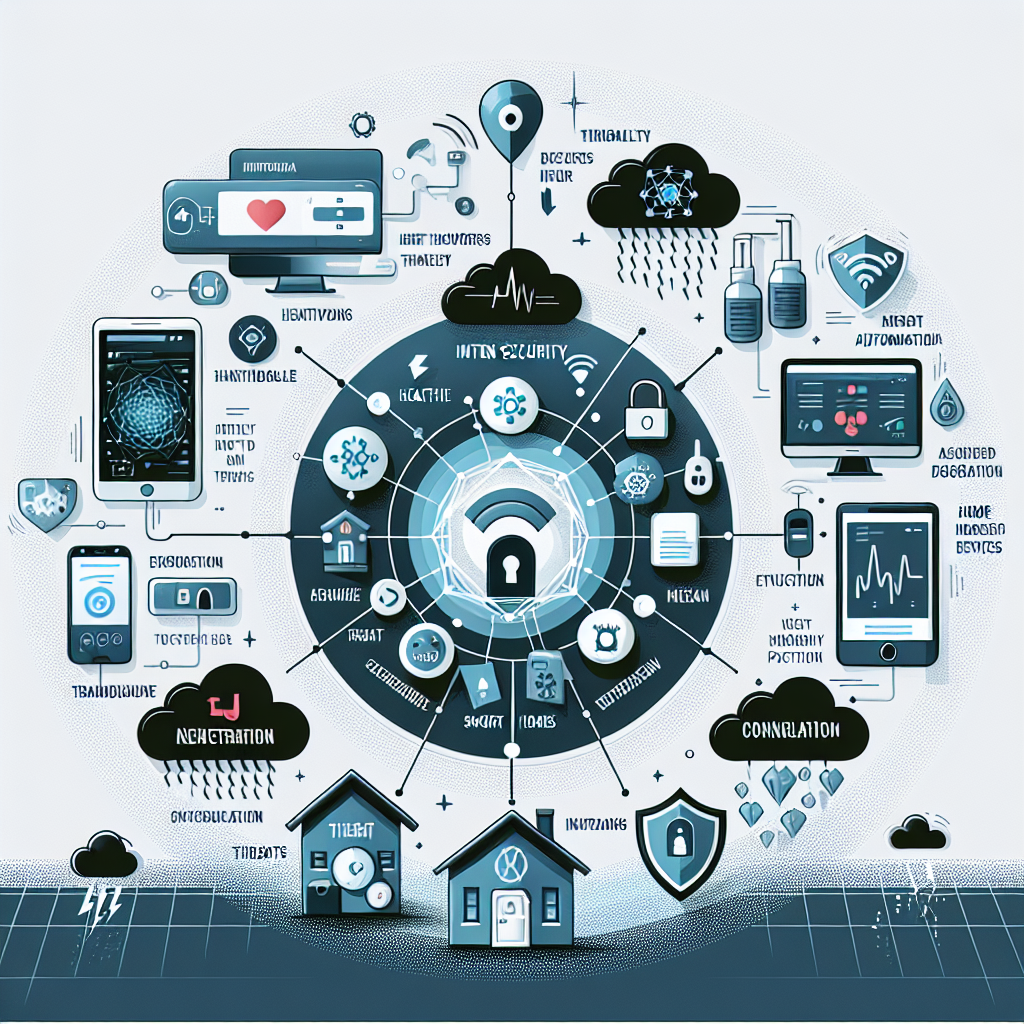The rise of the Internet of Things (IoT) has brought unparalleled convenience and functionality to both individuals and businesses, but it has also introduced new cybersecurity challenges. This article delves into the recent trends concerning vulnerabilities in IoT devices, highlighting the critical importance of security in an increasingly connected world.
Today's landscape of cybersecurity is marked by the rapid deployment of IoT devices across various sectors, including healthcare, smart homes, and industrial automation. A recent incident involving a major healthcare provider underscored these vulnerabilities. Hackers managed to exploit weak security protocols in connected health monitors, compromising patient data. This breach demonstrated how IoT devices can be the weakest link in an organization's security infrastructure.
One major issue is that many IoT devices are shipped with default passwords and lack robust security features. This calls for immediate attention as these devices are often deployed with little oversight. The lack of standardized security measures further exposes them to various cyber threats. A report from a leading cybersecurity firm found that 59% of IoT devices are vulnerable to medium-to-high severity attacks, a statistic that should urge stakeholders to prioritize IoT security.
Manufacturers need to consider robust security implementations from the design phase itself. By embedding security protocols such as end-to-end encryption, and regular firmware updates, developers can mitigate risks associated with IoT devices. Furthermore, incorporating artificial intelligence to detect anomalies in network traffic can preemptively alert users to potential attacks.
While industries grapple with these vulnerabilities, regulatory bodies are stepping in to enforce compliance with security standards. The introduction of frameworks like the IoT Cybersecurity Improvement Act is a step toward ensuring that manufacturers adhere to minimum cybersecurity standards. These regulations aim to create a baseline of security requirements that will ultimately benefit consumers and businesses alike.
It's not just about compliance and regulation—creating awareness among users is also crucial. End-users need to be educated about the importance of changing default passwords, enabling two-factor authentication, and updating firmware regularly. Businesses, on the other hand, should include IoT security in their broader cybersecurity strategies.
In conclusion, as IoT devices become more integral to our daily lives and operations, securing them will be pivotal in safeguarding sensitive data and maintaining trust. Stakeholders, including manufacturers, businesses, and regulatory bodies, must collaborate to enhance security protocols, establish standards, and educate users about best security practices.
Estimated reading time: 2 minutes, 3 seconds
Emerging Cybersecurity Vulnerabilities in IoT Devices Featured
 Explore the emerging cybersecurity vulnerabilities within IoT devices and discover the steps that can be taken to safeguard them against cyber threats.
Explore the emerging cybersecurity vulnerabilities within IoT devices and discover the steps that can be taken to safeguard them against cyber threats.
Latest from Security Tech Brief
- The Rise in Ransomware Attacks: How Businesses Can Protect Themselves
- Latest Trends in Cybersecurity: Addressing the Rising Ransomware Threat
- Fortifying Digital Defenses: The Rise of AI-Powered Cybersecurity in Businesses
- The Rise of Zero Trust Architecture in Modern Cybersecurity
- Rise in Cybersecurity Breaches Demands Proactive Approach
Most Read
-

-
Jan 30 2020
-
Written by Security Tech Brief Staff
-
-

-
Jan 25 2019
-
Written by Security Tech Brief Staff
-
-

-
May 27 2019
-
Written by Security Tech Brief Staff
-
-

-
Jun 01 2019
-
Written by Security Tech Brief Staff
-














